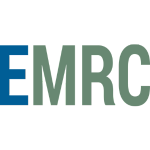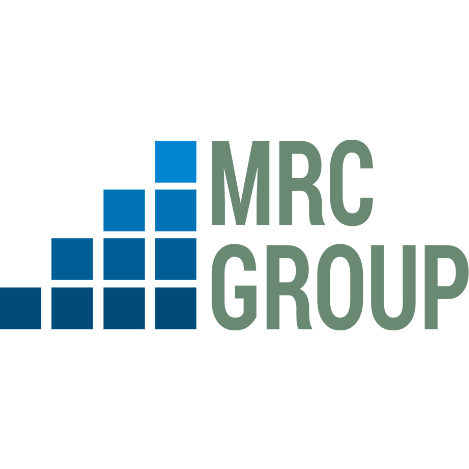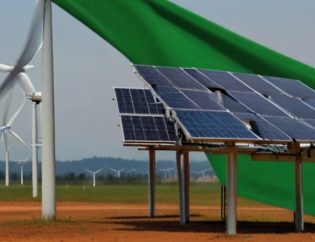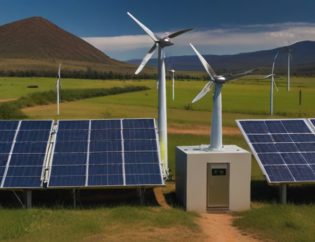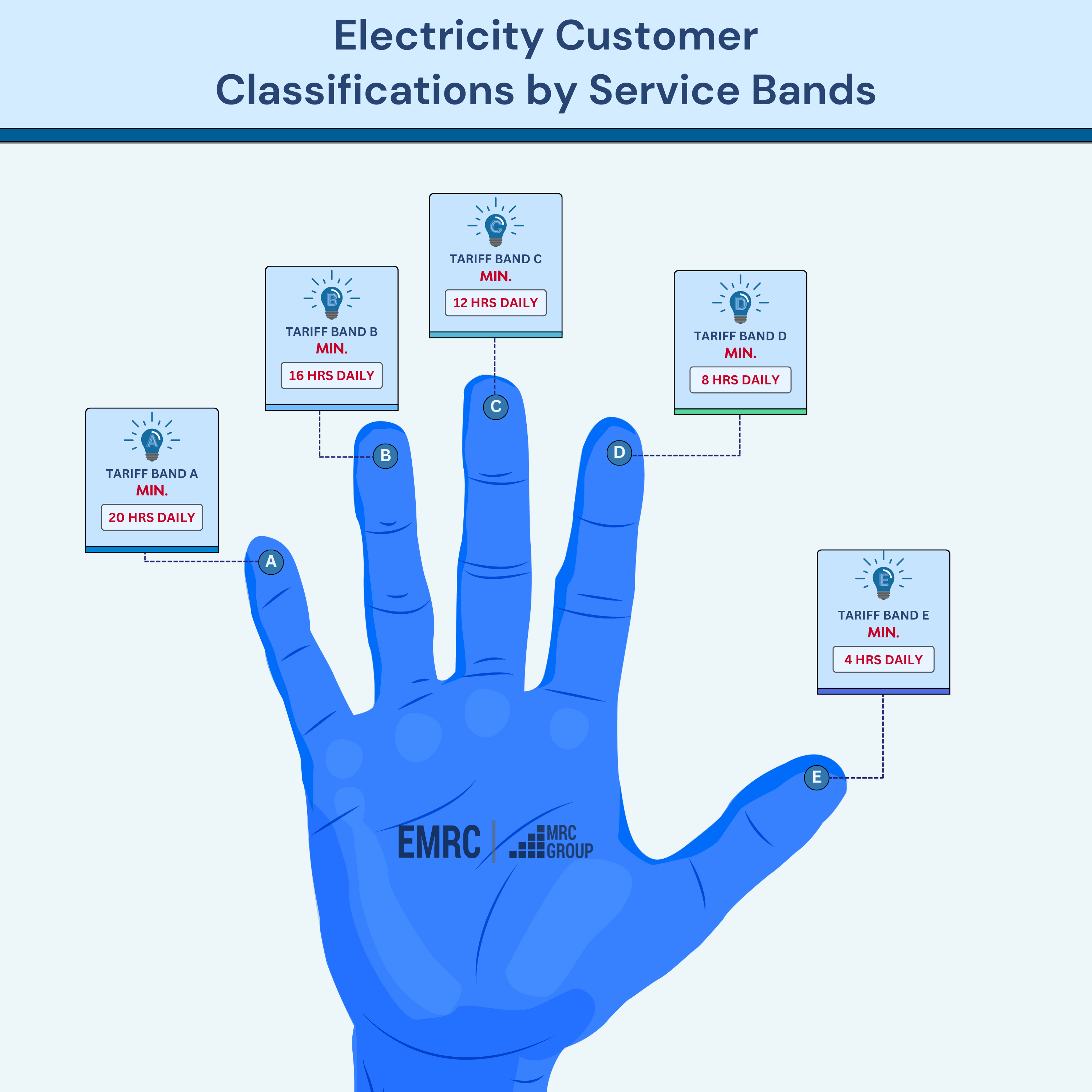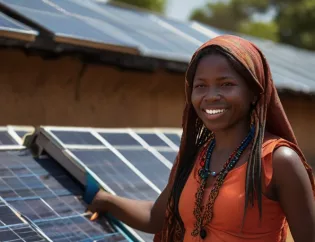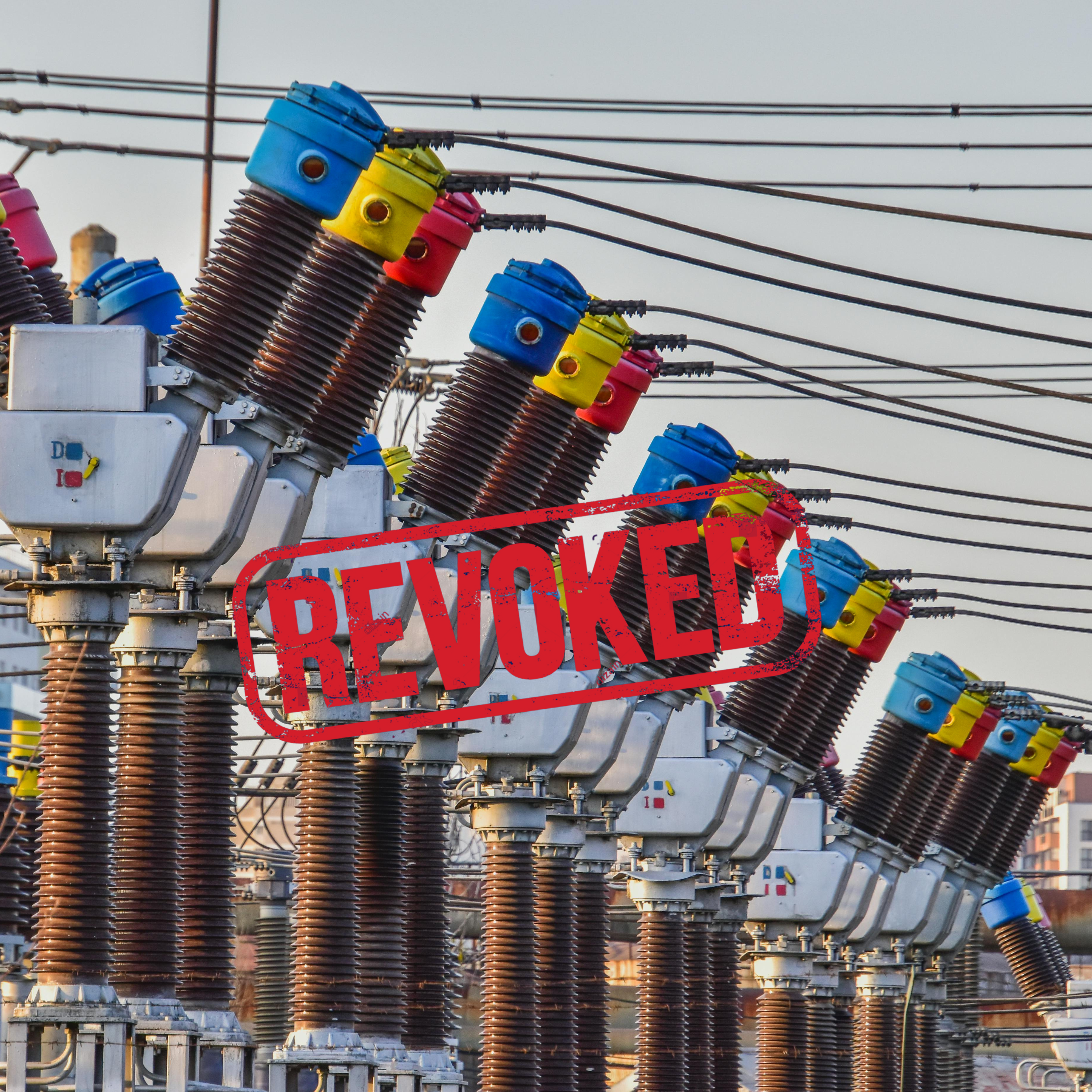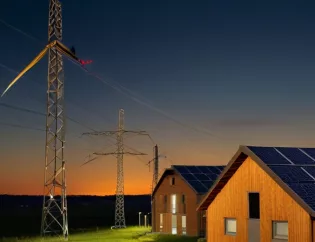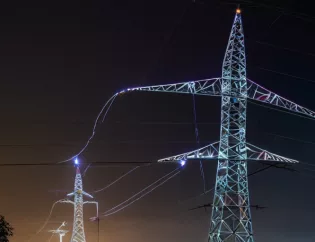














Performance Analysis of the Nigerian Electricity Supply Industry in Q3 and Q4 2022
This article provides a comprehensive breakdown of the performance of the Nigerian Electricity Supply Industry (NESI) in the third and fourth quarters of 2022, based on quarterly reports by the Nigerian Electricity Regulatory Commission (NERC). The analysis focuses on the generation, transmission, and distribution aspects of the industry, highlighting areas of improvement and challenges faced during this period.
Generation Performance:
The report reveals an improvement in the available capacity for electricity generation in Q4 compared to Q3. This increase can be attributed to a rise in hydropower production due to sufficient water availability and storage in dams from the West African region. Additionally, thermal power plants also exhibited an 8.1% improvement in their performance in Q4 compared to Q3. Consequently, Q4 emerged as the best-performing quarter of the year in terms of generation, with a total generation of 9445.53 GWh.
Transmission Performance:
The transmission of electricity plays a crucial role in ensuring effective delivery from power plants to distribution companies. The report discusses the Transmission Loss Factor (TLF), which measures the energy lost during transmission. In Q4 2022, the average TLF was 7.31%, indicating that 7.31 MWh of energy was undelivered for every 100 MWh injected into the grid. This TLF was lower than the Q3 average and also below the allowed TLF of 7.50% for 2022. The lower TLF suggests an improvement in the overall operational performance of the Transmission Service Provider (TSP). Additionally, no grid collapse was recorded in Q4, in contrast to the collapse experienced in Q3.
Distribution Performance
In the Nigerian Electricity Supply Industry (NESI), the distribution of power is a critical component that has a significant impact on the industry's overall performance. In the third and fourth quarters of 2022, there were some notable developments in the distribution performance of the industry. In this blog post, we will delve into the details of the distribution performance of the NESI.
Partial Activation of Contract
In Q3, the NESI transitioned to a Partial Activation of Contract regime. Under this arrangement, DisCos can determine the amount of power they require. This amount is called the Partially Contracted Capacity (PCC). While NBET remains the single buyer, each DisCo has a take or pay obligation on its PCC, meaning that if GenCos report availability, DisCos must pay for capacity even if they do not offtake the power completely. In Q4, all DisCos took less than their available PCC with Enugu having the highest variance relative to their available PCC and Kaduna having the lowest variance relative to their available PCC.
Billing and Collection Performance
In Q4 2022, Disco's successfully billed for 5835.62GWh out of 7661.97GWh of energy received, which is more than the energy billed in Q3 by 509.19GWh. This may be attributed to the fact that more energy was received in Q4 than in Q3 2022.
Aggregate Technical, Commercial and Collection Losses (ATC&C)
When energy moves through lines and wires, unavoidable technical losses occur, and in developing economies like Nigeria, commercial and collection losses, caused by energy theft and failure to collect payment, respectively, are also prominent. To mitigate these losses, each DisCo is assigned a unique ATC&C allowance in the MYTO. In Q4 2022, the average ATC&C across all DisCos was lower than the average in Q3 by 2.27%. However, this performance was higher than the ATC&C loss allowance provided in the MYTO.
Conclusion:
In conclusion, the Nigerian Electricity Supply Industry demonstrated improved performance in Q4 2022. Generation performance benefitted from water availability for hydropower plants and increased gas availability due to the securitization of gas payments. Transmission performance improved with a lower TLF and no recorded grid collapse. Distribution saw enhancements in billing and collection efficiency, as well as an increase in metered customers. However, customer complaints increased in Q4, requiring attention for better resolution rates. These insights provide stakeholders and industry experts with a comprehensive understanding of the current state of the Nigerian Electricity Supply Industry.
